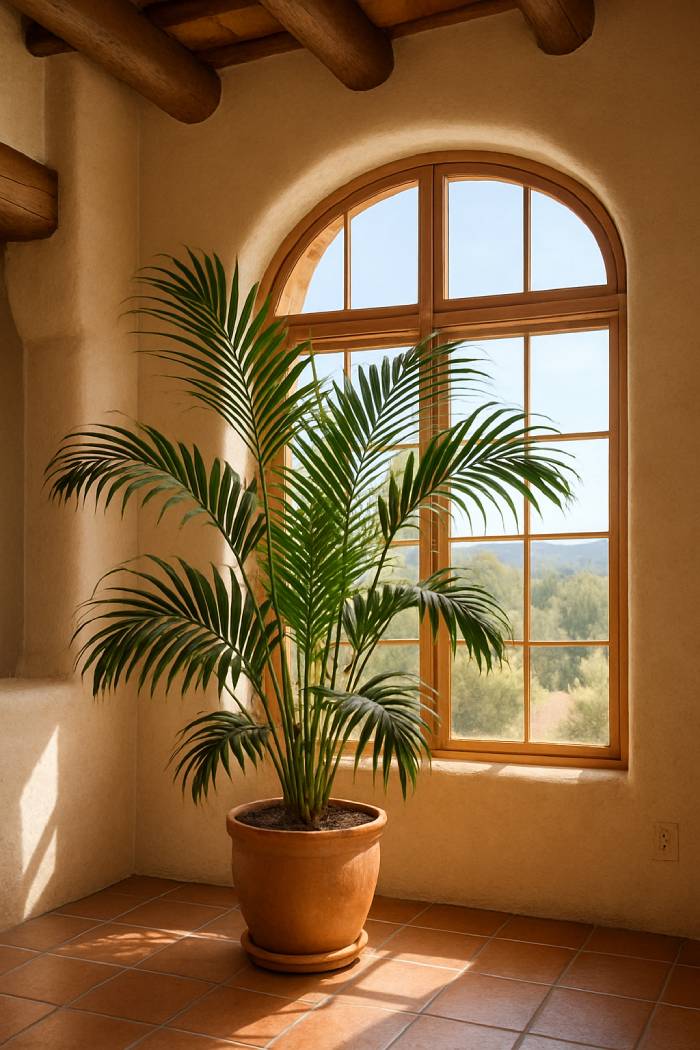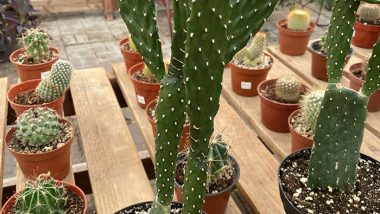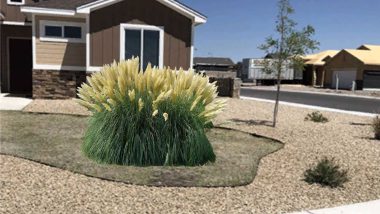Last updated on June 27th, 2025 at 05:39 pm
The Kentia Palm Plant Howea forsteriana. An easy-to-grow and care-for plant suitable for indoor decoration. Also known as the thatch palm and sentry palm. They will do great in USDA zones 9-11. You can plant them outdoors where temperatures never get below 32 degrees Fahrenheit.
Most folks use them for indoor decoration including many office buildings. You see them in Doctors’ offices, patient waiting rooms, and front entrances to banks and local motels. The main reasons are their attractive looks, easy care, and minimal maintenance requirements.
They are also slow growers. If taken care of correctly they could last year’s where they are placed. These indoor palms can withstand low light perfect for that dark corner where truly little light shines through.
Pictures of the Kentia Palm

How to Take Care of the Kentia Palm
Do not place them in full sun, especially during the sweltering hot Southwest sun. Nor in front of a large window with lots of sunlight shining through. The foliage will get sunburned. It likes the soil to be slightly dried out before watering again. It is best to fertilize about once per month and use an all-purpose plant food fertilizer. A liquid type or water-soluble type works best. An analysis of 20-20-20 will work well. Always water first, then fertilize afterward. This is true for most indoor houseplants.
Kentia palms like a good misting once or twice a week, especially if your room feels dry or the heat’s running a lot. If you can, put them where there’s a little more humidity, like near a bathroom or kitchen. They don’t do well if it’s too hot or too cold, so keep them in spots where the temperature stays between 65 and 75 degrees Fahrenheit. If you keep them happy with these simple things, you’ll see fresh, green fronds and a healthier plant. Some people say these palms can handle drier air, but you’ll notice they look much better when the air isn’t too dry.

The Kentia Palm adds a stylish decorative container adds a touch of natural charm to any space.
Problems with This Plant
They are susceptible to mealybugs, whitefly, powdery mildew, and leaf spot. It is best to act asap when as you first see evidence of insects or disease. Insects will normally be on the undersides of the leaves. You can spray with neem oil to help kill insects and cure leaf spots and powdery mildew. It may take several applications before it works… be patient. You can read more about this plant on Wikipedia.
Kentia Palm leaves usually turn brown at the tips when they’re not getting enough water. If you notice this happening, it means you should water your plant more often. If the brown tips bother you, grab some sharp scissors or pruners and trim them off. Just make sure the tools are clean so you don’t hurt the rest of the leaf. This will help your plant stay healthy and look nice.
More houseplants at Indoor Houseplant Names

Greenhouse Manager, Master Gardener, and Webmaster.
If you have any questions or enjoyed this post, feel free to share your thoughts in the comments below.



